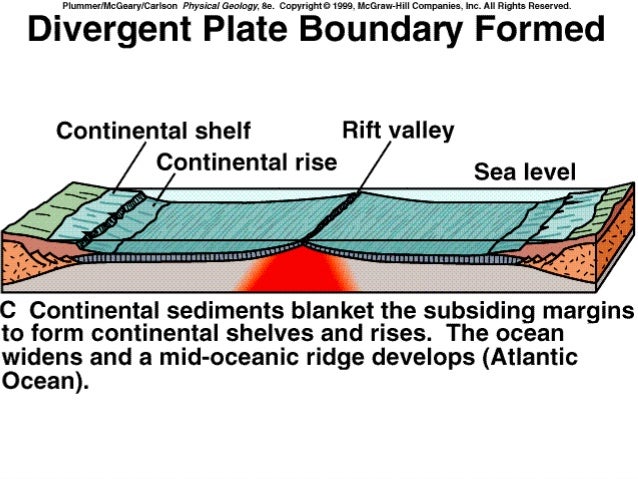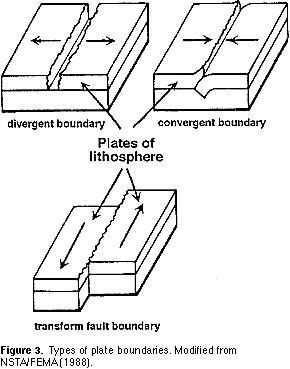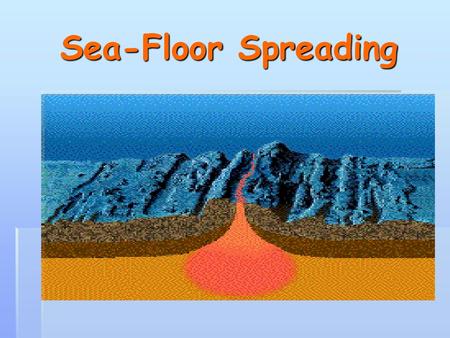A dramatic proof of sea floor spreading was discovered in the mid 1960s when data revealed alternating stripes of magnetic orientation on the sea floor parallel to the mid ocean ridges and symmetric across them that is a thick or thin stripe on one side of the ridge is always matched by a similar stripe at a similar distance on the other.
Sea floor spreading effect on sea level.
We present a theory for divergent seafloor spreading which predicts that transient surges in spreading rate would cause geodynamic sea level rise rates approximately equal to the transient surge velocity at the ridge crest multiplied by the aspect ratio of the spreading plate i e a surge velocity of 3 cm yr acting on a plate thickness 100 km and width 3000 km would produce a geodynamic.
Fellow scientists at the time thought the theory was ludicrous.
While eustatic sea level is measured from a reference point at the center of the earth relative sea level is the position of mean sea level relative to the position of the crust fig.
This graphic shows several ocean floor features on a scale from 0 35 000 feet below sea level.
Therefore vertical movements of the crust through tectonic subsidence or uplift can produce localized effects of relative sea level rise or fall e g.
21 since the new oceanic basins are shallower than the old oceanic basins the total capacity of the world s ocean basins decreases during times of active sea floor spreading.
The following features are shown at example depths to scale though each feature has a considerable range at which it may occur.
Plate tectonics theory convection currents and sea floor spreading.
Figure showing sea floor spreading the intense heat generated by radioactive substances in the mantle beneath the lithosphere seeks a path to escape and forms convection currents.
The differences in spreading rates affect not only the geometries of the ridges but also the geochemistry of the basalts that are produced.
He suggested that continents moved around the earth like giant rafts.
Continental shelf 300 feet continental slope 300 10 000 feet abyssal plain 10 000 feet abyssal hill 3 000 feet up from the abyssal plain seamount 6 000 feet.
Basalt the once molten rock that makes up most new oceanic crust is a fairly magnetic substance and scientists began using magnetometers to measure the magnetism of the ocean floor in the 1950s what they discovered was that the magnetism of the ocean floor around.
The rising convectional currents continuously bang thick but strong oceanic sima crust and the hammering effect leads to the development of cracks joints fractures.



























